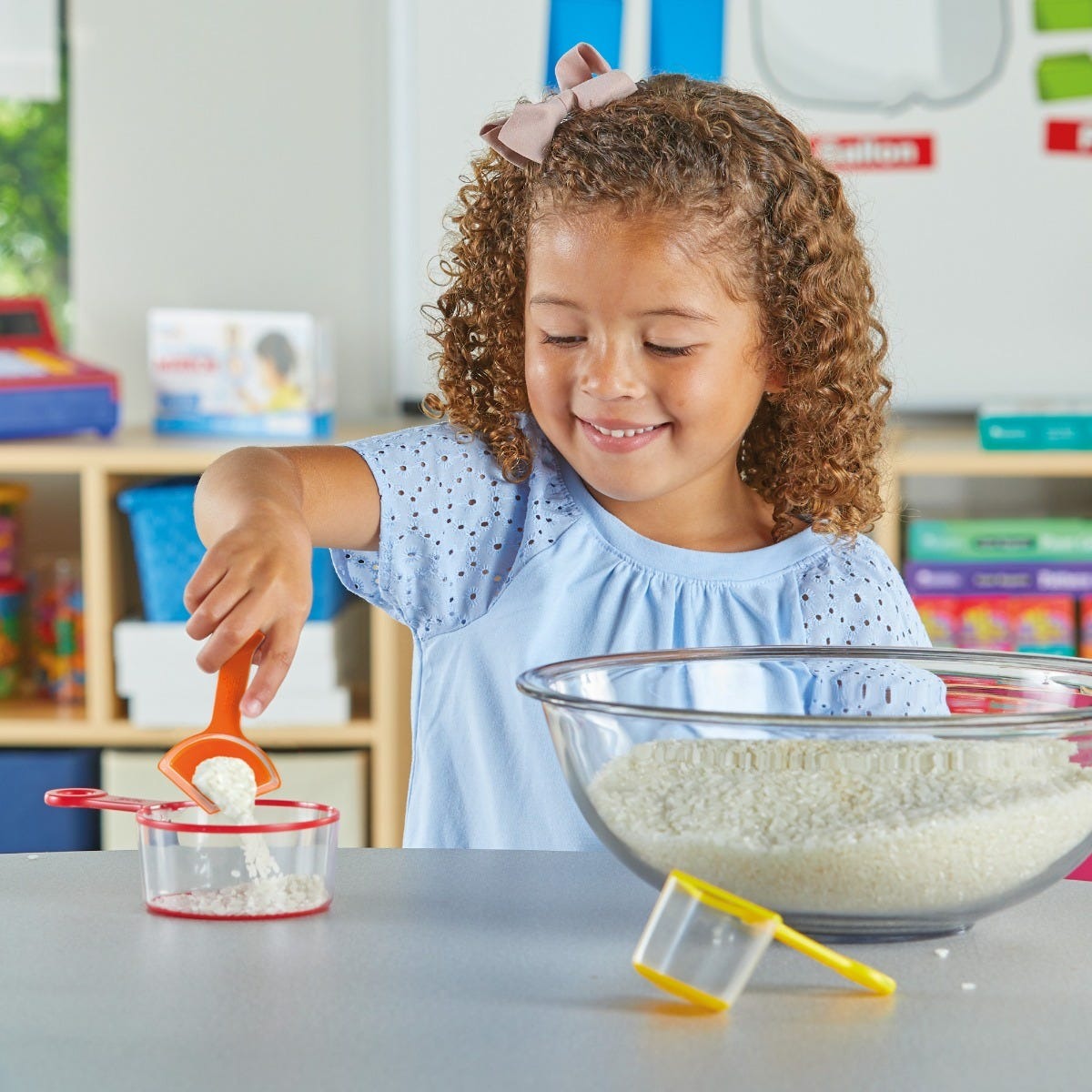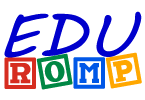
Fun Ways To Teach Maths Through Cooking
Teaching Math Through Cooking
Cooking can be a fun way for kids to learn about math. By cooking, children can practice skills such as measurement, fractions, and ratios in a hands-on and enjoyable way. These activities not only help children develop math skills but also improve their critical thinking, problem-solving, and decision-making abilities. This article provides practical ways to make math fun through cooking, with detailed instructions and examples for each activity. This way, children can learn math while having fun creating tasty food together with you!
Simple Ways to Teach Math Through Cooking
Measuring Ingredients
Measuring is a crucial aspect of cooking and a great way to teach children math. It shows children how to use measuring cups and spoons and how to convert between different units of measurement like ounces and milliliters. Using measuring cups and spoons also teaches children about fractions practically. For example, by measuring out half a cup of flour or a quarter teaspoon of salt, children learn how to count fractions, which can help them visualize fractions in a tangible way. By involving children in measuring ingredients, they become comfortable with basic math skills, such as addition and subtraction. To ensure your child learns this lesson effectively:
Introduce the measuring cups and spoons and explain how to use them. - Teach them the different sizes and how each size is used to measure specific amounts of ingredients. - Show how to level off the measuring cup or spoon with a flat object such as a butter knife. - For example, if you want to measure half a cup of flour, ask your child to scoop it into the measuring cup until it is leveled off. This will help them understand how much half a cup is and how to measure it accurately. It's also good to practice converting between different units of measurement, such as ounces and milliliters. For example, ask your child to measure out 1kg of flour then ask them to convert it into grammes. This will help them understand the relationship between different units of measurement.
Fractions and Ratios
Cooking and baking are a fun and practical way for your child to see the concept of fractions in action. Teach children to measure ingredients in fractions using measuring cups and spoons and multiply and divide fractions to adjust recipes for different serving sizes. To ensure that the child learns this lesson effectively:
Show them how to measure out fractions using measuring cups and spoons. - Teach them the different sizes and how each size is used to measure specific amounts of ingredients. - Help them understand how to multiply and divide fractions to adjust recipes for different serving sizes. For example, if the recipe serves 4 people but you only need to serve 2, show them how to divide the fractions by 2 to adjust the recipe accordingly.
Time and Temperature
Teaching children about time and temperature in the context of cooking and baking helps them understand how numbers and measurements are used in real-world situations. Measuring ingredients, setting timers, and reading thermometers are all examples of math skills essential to cooking and baking. Moreover, cooking and baking offer a fun and engaging way to teach children math skills relevant and meaningful to their lives, helping them develop critical thinking skills as they solve problems related to measuring, adjusting recipes, and timing. To ensure effective learning: - Explain how time and temperature are crucial in cooking and baking. - Demonstrate how to read a thermometer and set a timer for a particular recipe. - Let your child set the timer for a dish and read the thermometer to check the temperature. This will help them understand the relationship between time and temperature in cooking and how to achieve the desired results.
Proportions and Scaling Recipes
Teach children how to scale recipes up or down depending on the number of servings and how to calculate the correct measurements for the recipe. By scaling recipes, they become comfortable with basic math skills such as division and multiplication. To ensure effective learning: - Choose a recipe and ask your child how many servings they want to make. - Help them divide the measurements by the number of servings needed. - Let your child calculate the correct measurements for the recipe. This will help them understand the relationship between proportions and scaling recipes and how to adjust recipes accordingly.
Geometry
When baking, you can introduce your child to various shapes such as circles, squares, and triangles. This provides an excellent opportunity to teach them about geometric shapes as they cut out shapes for biscuits or pastries. By doing this, you can help them develop spatial reasoning skills and an understanding of symmetry and angles. Choose a baking recipe that involves different shapes, and let your child use cookie cutters or other tools to cut out shapes for the recipe. This activity will help your child identify and work with different shapes, thereby developing a deeper understanding of geometric concepts.
Budgeting and Money
Budgeting and money are important aspects of cooking that can serve as an excellent way to teach math. Understanding budgets and money can help children develop financial literacy skills that they will use throughout their lives. By incorporating these concepts into cooking, kids can learn practical applications of mathematical concepts, including budgeting and money management skills, such as comparing prices and calculating the cost of ingredients. Start by letting your child help you shop for ingredients and compare prices. Discuss how much each item costs and show them how to calculate the total cost of the ingredients for the recipe. This will help them develop an understanding of budgeting and money management skills. Additionally, you can teach them to calculate tips for a restaurant bill, providing an opportunity to learn about percentages and how to calculate them. By involving children in these activities, they develop an understanding of both basic arithmetic skills and more advanced concepts, such as percentages, which are valuable life skills.


























